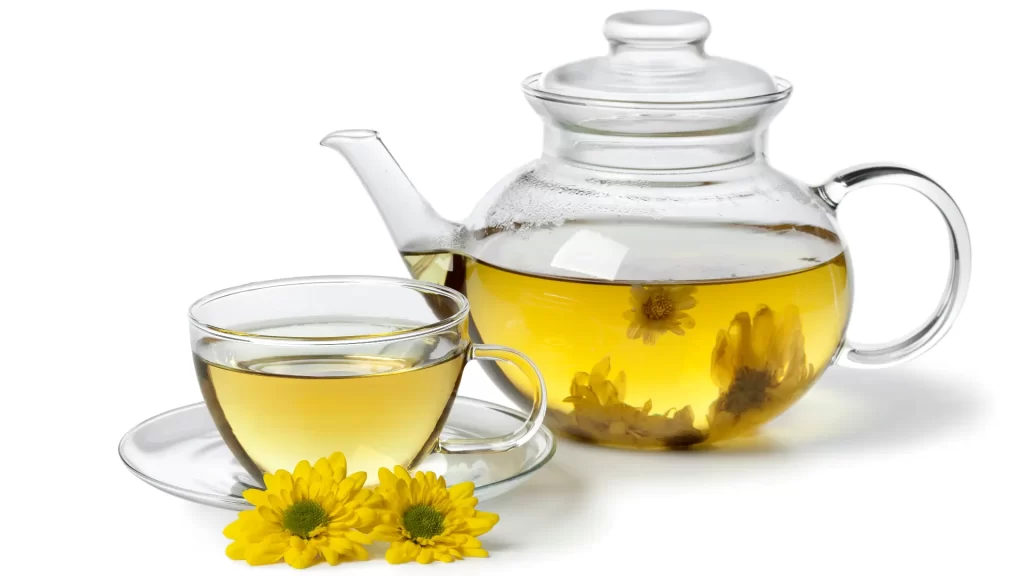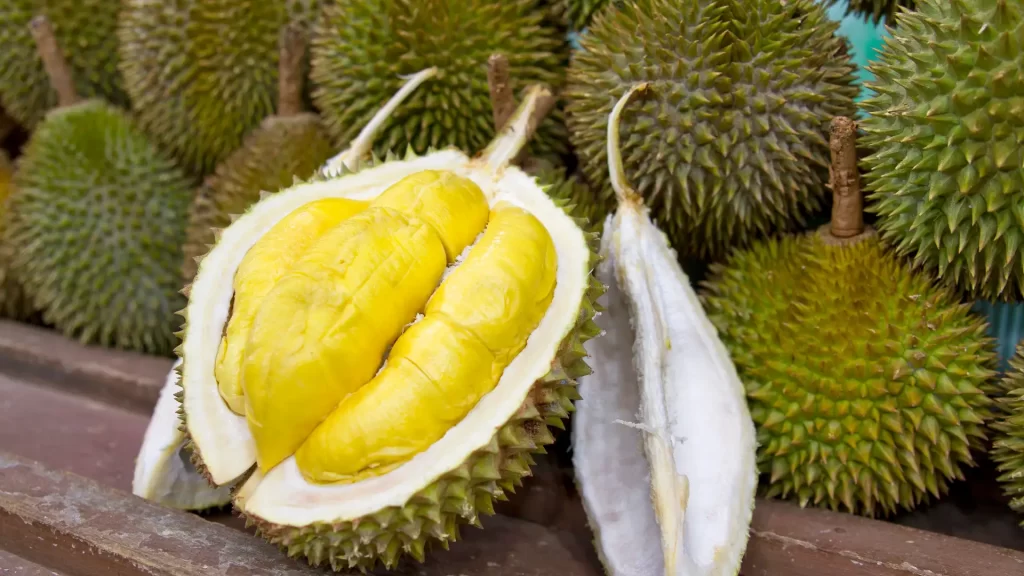We often hear the terms “heaty” and “cooling” used to describe the effects of certain foods and drinks. But what do these terms actually mean, and how do they affect our bodies? Today, we’ll take a closer look at the differences between heaty and cooling foods and their impact on our health.
Heaty and Cooling
First, let’s define what we mean by “heaty” and “cooling.”
In Traditional Chinese Medicine (TCM), foods and drinks are classified according to their “thermal nature.”
This refers to their ability to generate heat or coolness in the body. Heaty foods are those that are believed to increase the body’s internal heat, while cooling foods have the opposite effect.
Examples of heaty foods include spicy foods, fried foods, and certain types of meats like lamb and beef. These foods stimulate the body and increase energy levels, which can be beneficial in small amounts but may be harmful in excess. On the other hand, cooling foods are typically water-rich fruits and vegetables like cucumber, watermelon, and tomatoes, as well as green tea and mung beans. It is believed to help cool the body and reduce inflammation.
But why does this matter? According to TCM, an imbalance of heaty and cooling foods in the diet can lead to a variety of health problems. For example, consuming too many heaty foods may lead to symptoms like acne, dry mouth, and constipation. While an excess of cooling foods can cause cold hands and feet, digestive issues, and fatigue.
Read More: The Best Refreshment: Staying Hydrated for Optimal Wellness
Finding a Balance between Heaty and Cooling

So how can we find a balance between heaty and cooling foods? One approach is to consider the season and our individual needs. When temperatures are high, we may benefit from incorporating more cooling foods into our diet to help regulate our body temperature. In the winter, when it’s cold outside, we may need more heaty foods to keep us warm and energized.
Another way to find balance is to pay attention to how our bodies respond to different foods. If we notice that we tend to feel sluggish after eating a lot of heaty foods, we may need to incorporate more cooling foods into our diet. Similarly, if we find that we’re often cold and tired, we may need to eat more heaty foods to help balance our energy levels.
Understanding the differences can help us make informed choices about what we eat and how it affects our health. By finding a balance between these two types of foods , we can support our overall well-being and feel our best.


